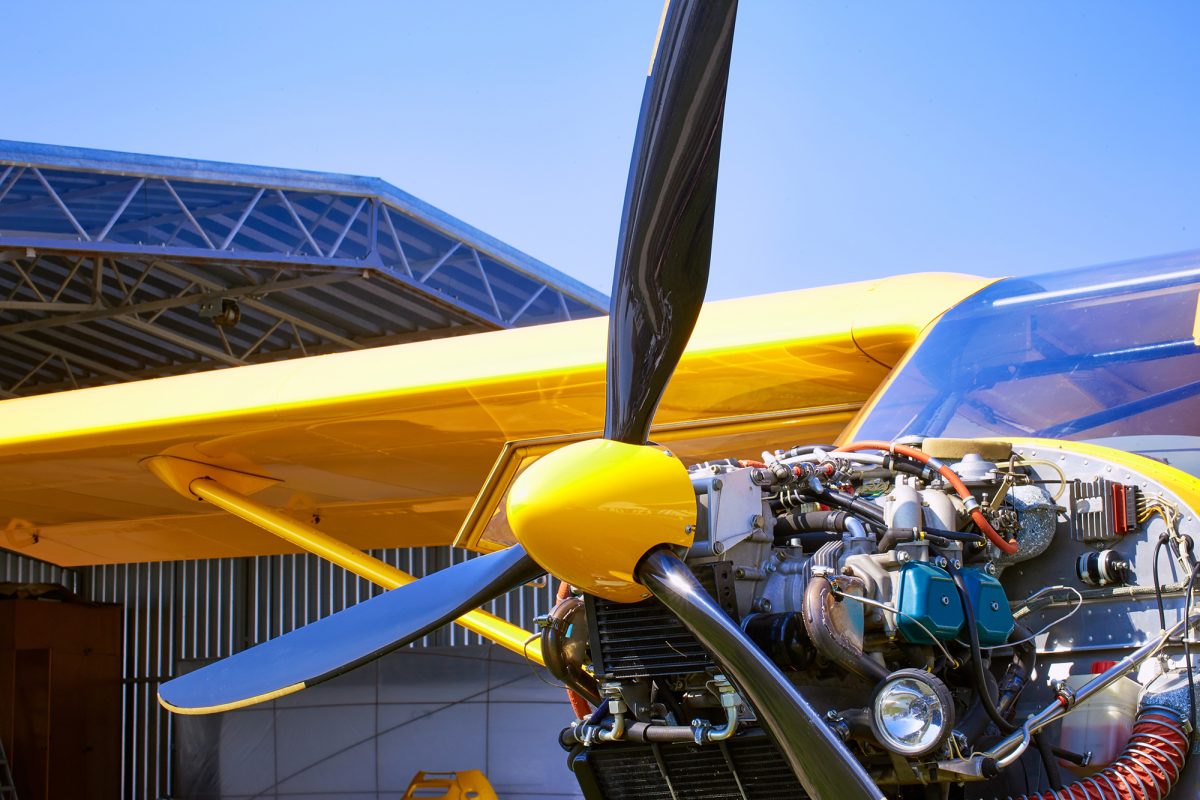JAN ’25 – MAY ’25 SAFETY DATA
- 2 Fatal Accidents
- 4 Aircraft Destroyed
- 24 Aircraft Damaged
- 7 Injuries
- 50 Flight Training Occurrences
- 59 Private Operation Occurrences

ENGINE FAILURE OR MALFUNCTION
A total of 13 engine-related occurrences were reported in the past six months, reflecting a persistent area of operational risk. Analysis of these events points to multiple contributing factors, including carburettor icing — particularly in marginal weather conditions — as well as cases of fuel starvation and issues linked to ageing aircraft systems. These patterns underline the importance of thorough engine checks during pre-flight inspections, proper fuel management, and vigilance in identifying environmental conditions conducive to icing. Continued emphasis on proactive maintenance practices and timely reporting of mechanical irregularities remains essential to mitigating engine-related risks. Implementation of manufacturer-recommended service bulletins is also critical to ensure continued airworthiness and reliability of aircraft systems.
AIRSPACE INFRINGEMENTS AND OPERATIONAL NON-COMPLIANCE
A total of 21 occurrences were reported across airspace infringements (11), operational noncompliance (7), and breakdowns in coordination (3) during the past six months. These events share common underlying themes, including lapses in situational awareness, incomplete understanding or execution of ATC instructions, and insufficient coordination between involved parties — whether between pilots and controllers or among crew members. Incidents frequently involved deviations from assigned altitudes or routes, entry into controlled airspace without clearance, and miscommunication during handovers or sector transitions. Contributing factors included inadequate pre-flight briefing on airspace activity, lack of continuous radio monitoring, and confirmation bias resulting in misinterpreted clearances. These trends emphasise the importance of robust pre-flight planning, proactive radio monitoring, communication with ATC (or) relaying position/intentions on CTAF, and strict procedural adherence to maintain operational integrity, especially when operating near complex or controlled airspace environments.

AIRCRAFT SYSTEMS – FLIGHT CONTROLS
Three occurrences involving flight control system issues were reported in the past six months. These incidents highlight the critical importance of early detection and mitigation of mechanical anomalies, particularly in ageing aircraft. Contributing factors included wear and tear in control linkages, restricted control movement, and delayed identification of control surface anomalies. The findings underscore the need for thorough pre-flight inspections with specific attention to control surface integrity and responsiveness, as well as the value of robust, scheduled maintenance practices. Adherence to manufacturer-recommended inspection intervals and proactive replacement of components showing signs of fatigue are key to ensuring continued system reliability and safe aircraft operation.
CLOSE PROXIMITY OCCURRENCES
Several close proximity events have been attributed to misjudgement of the position, speed, or intent of nearby aircraft — particularly during arrival and departure phases or while operating in the vicinity of the same airfield. These occurrences are more pronounced in mixed-fleet environments, where varying performance characteristics — such as those between the Q400 and the older Dash 300 — can lead to inaccurate assumptions about closure rates and spatial separation. These trends highlight the need for maintaining accurate situational awareness, strict adherence to ATC instructions, and a conscious consideration of differing aircraft performance profiles when planning manoeuvres and assessing traffic spacing.







